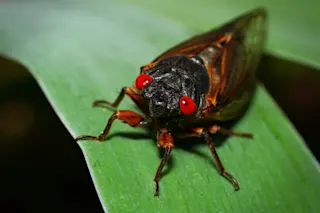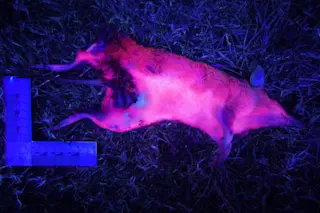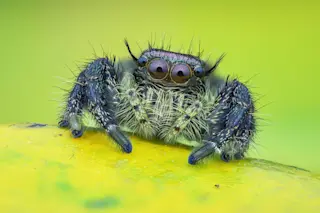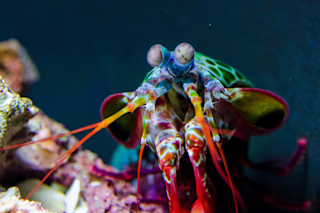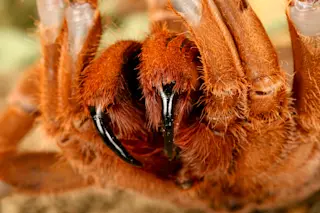Mushrooms are potential miracle workers, capable of cleaning up oil spills and radioactive contamination, filtering bacteria-tainted wastewater, speeding reforestation of clear-cut woodlands, boosting agricultural yields, controlling insect pests and treating ailments ranging from cancer and bird flu to diabetes and dementia.
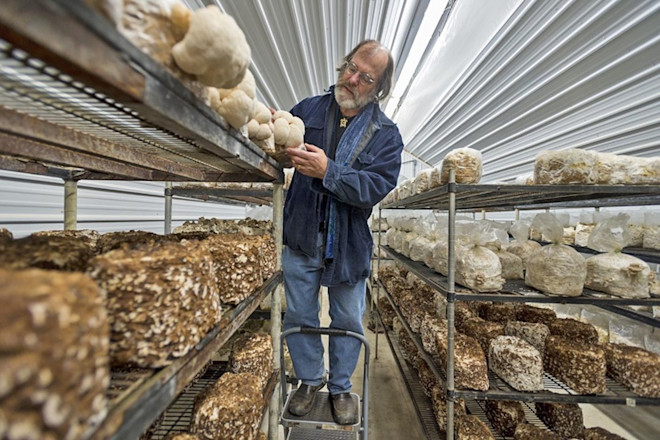
(Credit: Stuart Isett)
Stuart Isett
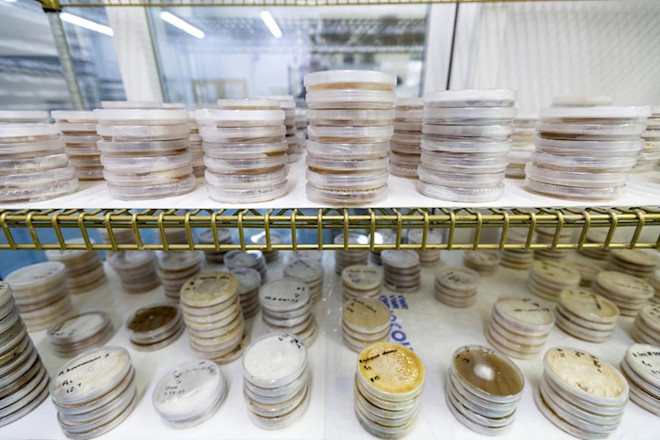
(Credit: Stuart Isett)
Stuart Isett
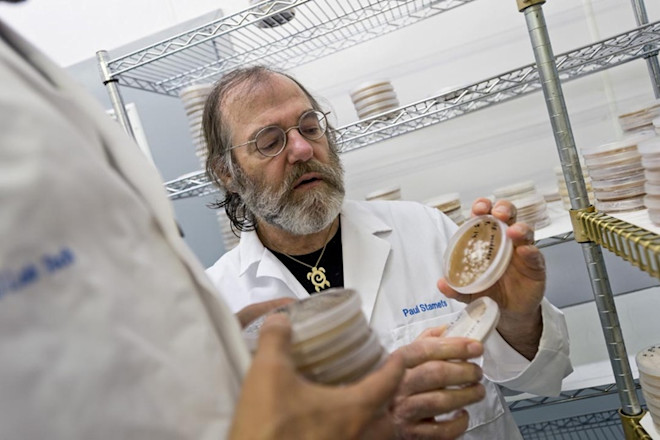
(Credit: Stuart Isett)
Stuart Isett
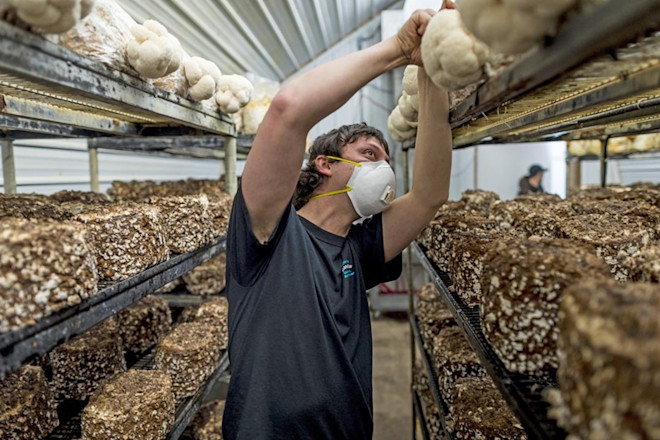
(Credit: Stuart Isett)
Stuart Isett

(Credit: Stuart Isett)
Stuart Isett
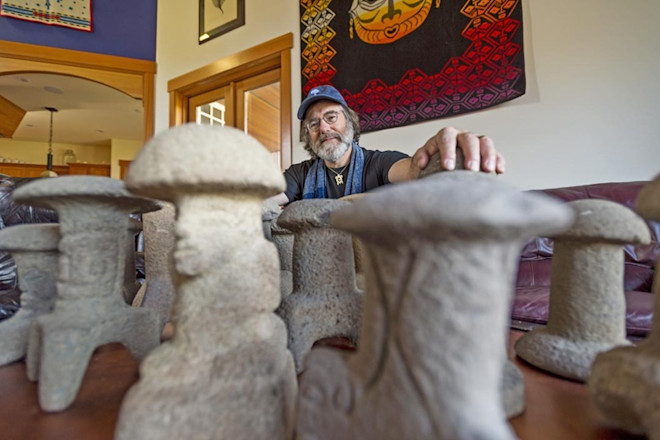
(Credit: Stuart Isett)
Stuart Isett

(Credit: Stuart Isett)
Stuart Isett
This gallery is a companion to Ken Miller's feature, "How Mushrooms Can Save the World."




